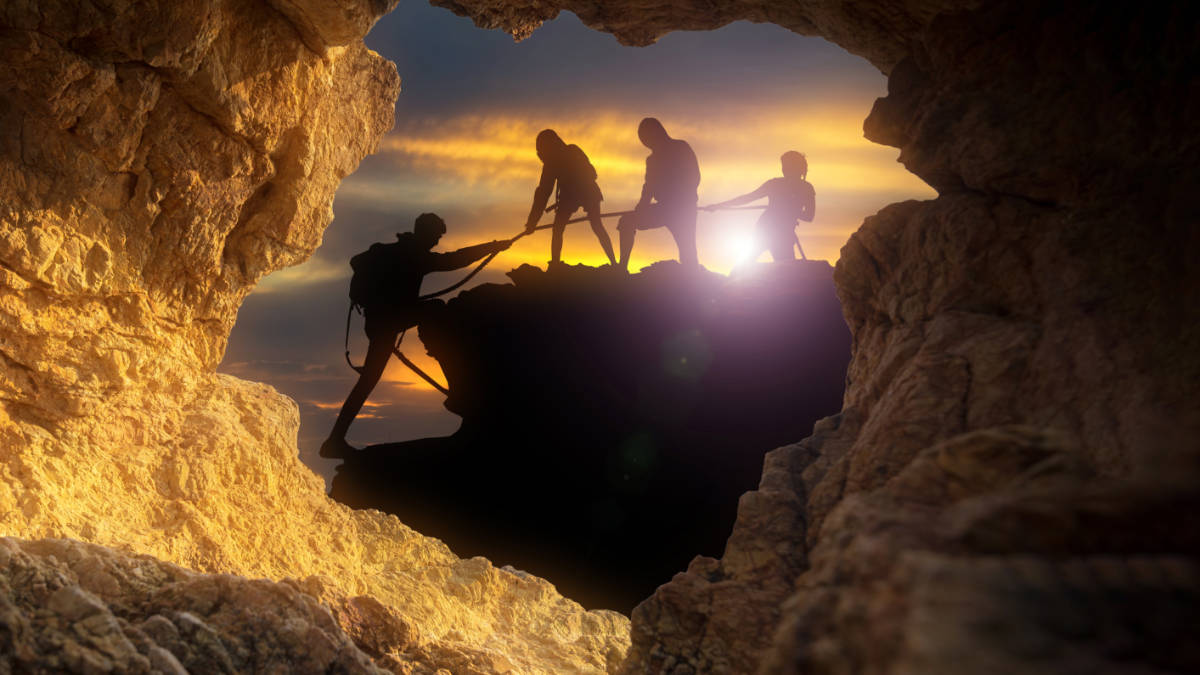Brazilian Critical Minerals achieves ‘exceptional’ recoveries of up to 87% at its Ema ionic REE project

BCM’s Ema project is located in the Apuí region of Brazil. Pic via Getty Images
- Brazilian Critical Minerals delivers ‘exceptional’ recoveries up to 87% of in-demand rare earth elements neodymium, praseodymium, dysprosium and terbium
- Leachability response confirms rare earths are present in ionic form and leachable at low operating costs
- Maiden resource estimate is underway at the Ema project in Brazil’s Apuí region
Special Report: First-pass leach test results at the Ema project in Brazil’s Apuí region has produced ‘exceptional’ recoveries of the four most important rare earth elements (REEs) including neodymium, praseodymium, dysprosium, and terbium.
Brazilian Critical Minerals (ASX:BCM) has been working hard at proving up its resource base at the Ema ionic REE project in Brazil following the discovery of neodymium-praseodymium (NdPr) and dysprosium-terbium (DyTb) mineralisation in the saprolite zone, immediately above the fresh rock, in May 2023.
An aggressive exploration program took off soon after across the 189km2 Ema project, testing the felsic volcanics and pyroclastic regolith in a 194-hole auger campaign for 2,749m.
From BCM’s point of view, Ema is unique amongst Brazilian REE projects in that it shares similar characteristics with the ionic REE deposits developed over felsic volcanic rocks in the southwest of China, home to most of the world’s largest known ionic clay deposits.
Ionic clay deposits are often low-grade, low-cost, high-margin operations owing to their simple mining and processing methodology, non-radioactive products and waste, as well as attractive mineralogy and saleable product composition.
High recoveries of magnet REEs
BCM has been undertaking a first-pass leach program with the results from the SGS laboratory confirming high recoveries of the four magnet rare earth elements – including neodymium, praseodymium, dysprosium and terbium – with some individual elements producing recoveries of up to 87%.
Other recovery intercepts include:
- 13m @ 71% neodymium, 62% praseodymium, 45% dysprosium and 52% terbium;
- 5m @ 66% neodymium, 66% praseodymium, 52% dysprosium and 55% terbium; and
- 10m @ 65% neodymium, 61% praseodymium, 43% dysprosium and 50% terbium.
Magnet rare earths (magREE) are used in the manufacture of permanent magnets found in electric vehicle motors and wind turbines and everyday consumer electronics.
There’s about 750g of magREE in every EV motor, which adds up quickly if the world is to see ~40m EVs sold each year by 2030, as per BloombergNEF estimates.
Offshore wind turbines, on the other hand, require about 6t of magnets or 2t of rare earth metals.
These high recoveries were achieved by standard leaching of low-cost ammonium sulphate (NH4)2SO4 and low leach times of 30-minute durations.
Potential to become largest ionic clay deposit outside China
BCM described the recoveries received to date as “exceptional” and suggested a significant proportion of the REEs are present as ionically adsorbed clays, confirming Ema mineralisation which stretches for >80km2.
The recoveries also highlight the potential for the project to become one of the largest ionic clay-hosted deposits defined outside of China.
Focus shifts to maiden resource
“The company is becoming increasingly confident that the >80km2 of already defined rare earth mineralisation has the potential to be further expanded and developed into one of the largest ionic rare earth projects outside of China,” BCM non-executive chairman Jeremy Robinson says.
“These results provide further confirmation that the extensive Ema rare earth mineralisation is ionically absorbed clays that can result in high recoveries using low-cost ammonium sulphate.
“Our immediate focus is to complete the maiden Ema resource estimate with all the data having been handed over to the consultants for processing.
“We are also proceeding with further metallurgical optimisation test-work at ANSTO which will commence shortly, with samples having already been delivered.”
What’s next?
Metallurgical samples have now been delivered to ANSTO for additional optimisation work with the primary aim being to improve upon the recoveries obtained to date and determine opportunities for grade enhancement.
This article was developed in collaboration with Brazilian Critical Minerals, a Stockhead advertiser at the time of publishing.
This article does not constitute financial product advice. You should consider obtaining independent advice before making any financial decisions.
Related Topics

UNLOCK INSIGHTS
Discover the untold stories of emerging ASX stocks.
Daily news and expert analysis, it's free to subscribe.
By proceeding, you confirm you understand that we handle personal information in accordance with our Privacy Policy.








